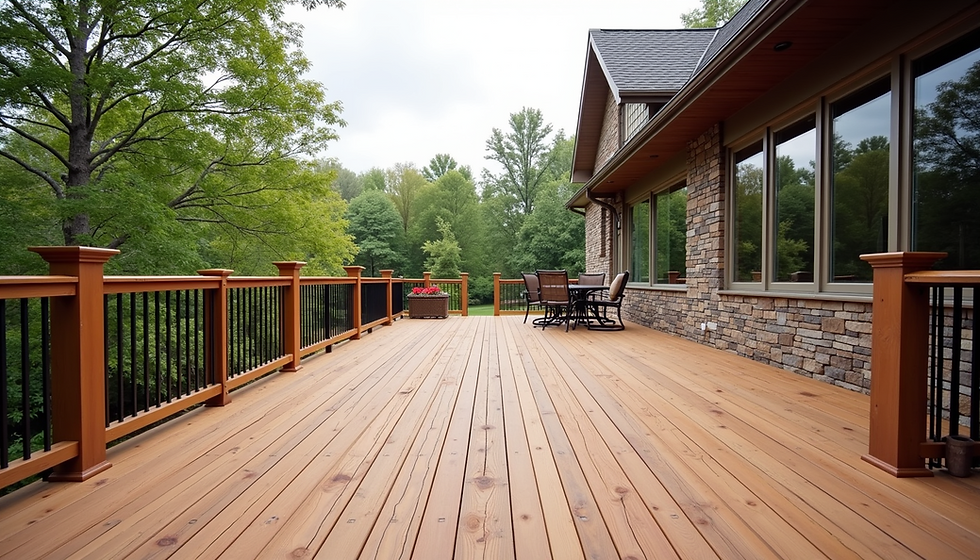What You Need to Know about Shingle Roof Replacement - A Note from Mark Solomon
- Mark Solomon

- Mar 6, 2018
- 2 min read
Updated: Feb 13, 2023
What do you need to know about shingle roof replacement by “Insurance Claim Specialists” types? Here is a list of some of the most common Roofing A-B-C, Roofing 101, basic mistakes I see on a day to day basis by the hail storm beggars (telemarketing, door knocking solicitors who portray themselves as qualified roofing installers – HA!).

First of all let me say that the workers who are actually nailing on the shingles (notice I did not refer to them as “roofers”) want to do a good job, but th
ey have learned bad techniques that continues to get passed on to more and more men, year after year, storm after storm, so that they all commit the same grievous errors, without any truly experienced quality control personnel to knowledgably inspect the finished job after them. Oh, the man at your door that gets you to sign the contract looks and sounds really good but remember, he is selling you something he has never installed himself or had to be accountable for, or will be held accountable for, because his is only a temporary job in a strange city. And if he is a St. Louisan, he only works for this “local” company after a hail storm, and will be with another “local” company when the next storm hits.
The Errors some companies make when roofing:
1) Insufficient eave overhang. According to shingle material manufacturer’s instructions and industry standards, the shingle material is to extend past the eave fascia board (gutter edge) 1 ½”. Typically it is less, which causes water to get on the wood fascia board causing eventual rot, and to leak behind the gutter causing inconvenience, flower bed erosion, and possible basement moisture penetration. There is no easy repair remedy for this situation. Is your shingle overhang 1 ½”? Is you labor guarantee still in effect? Call us if you need help to identify this egregious lack of proper roofing installation.
2) Shingle end seams too close to the middle of the valley(s), too close to a wall, or improperly located near protrusions, i.e. vents, pipes, etc. Although this is easier and less costly to repair, the damaging effects can also involve interior damage to the attic and living space. Where these improperly located shingle end seams are are also a whole bunch of extra needless nails which also are a moisture entry (leak) source. I know your roof looks good from the ground, but what is under the shingles next to the pipes, vents, skylights, chimneys, and walls? Will these flashing areas remain leak free for the 30+ year service life of your new roof? Will the marketing and sales “company” that installed your new roof be around for the warranty work 3 years from now? If you would like to know what’s under your shingles at the detail flashing areas call us.
For the sake of brevity I will stop now and leave you with a hint of another error I see on every roof, namely improper field shingle pattern, this is not repairable and that technically voids the material manufacturer’s 30 year limited lifetime guarantee on the shingle material. And, once again, this situation is NOT repairable. I’ll explain more later.







Mark is always up front about what he see's and he knows how to fix all of it. Excellent company to trust with roofing or remodeling. 10 out of 10